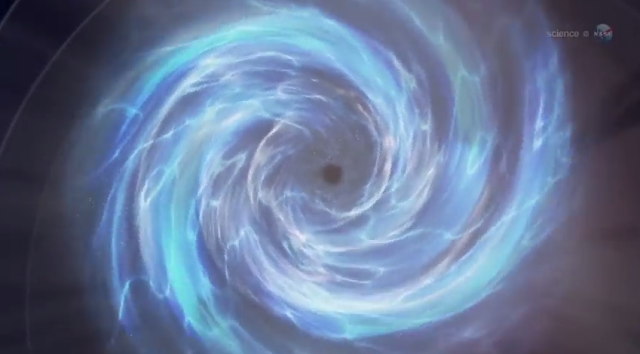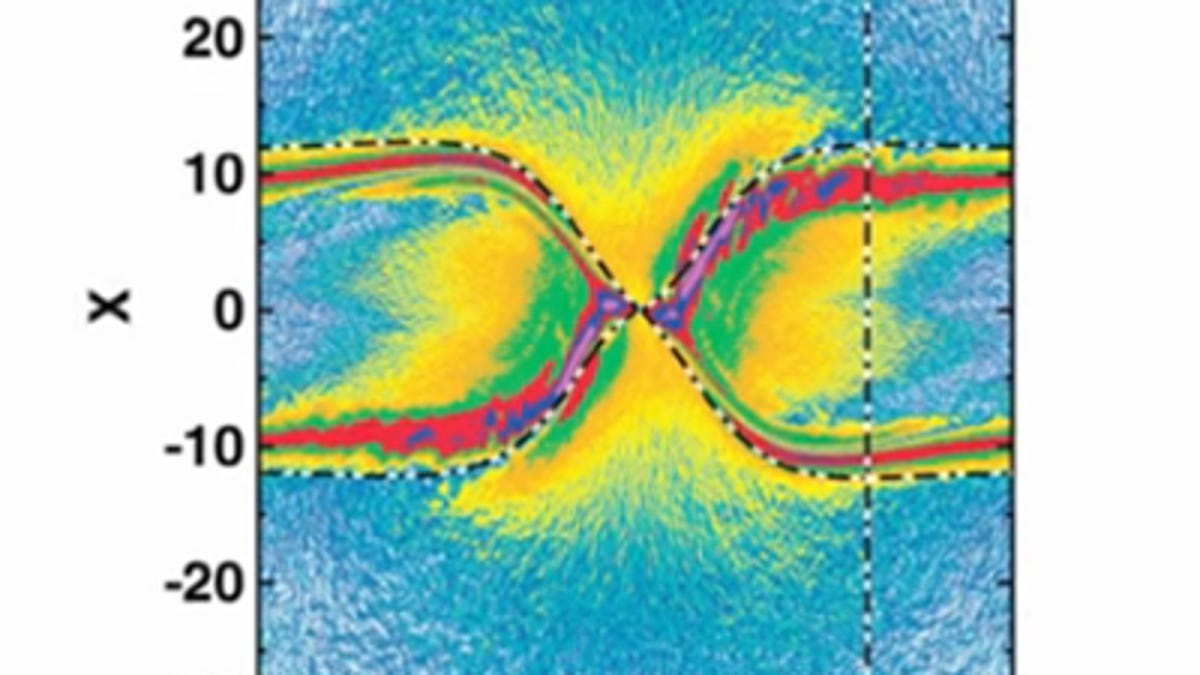According to NASA, Jack Scudder—a researcher at the
University of Iowa—has found “hidden portals on Earth's magnetic field [that]
open and close dozens of times each day.” Some of them are open for long
periods of time. Scudder says that these portals “create an uninterrupted path
leading from our own planet to the sun's atmosphere 93 million miles away.”

Called X-points or electron diffusion regions, they are
located "a few tens of thousands of kilometers from Earth. The portals are
created through a process of magnetic reconnection in which
lines of magnetic force from both celestial bodies mingle and criss-cross
through space. The criss-crossing creates these x-points. The portals are
"invisible, unstable and elusive," opening and closing without any
warning. When they open, however, they are capable of transporting energetic
particles at high speed from the Sun's atmosphere's to Earth's, causing
geomagnetic storms.

There's a way to locate them and Scudder has found it. He
uses data by NASA's THEMIS spacecraft and the ESA's Cluster probes, following
crucial clues found in the data from NASA's Polar spacecraft, which studied
Earth's magnetosphere in the late 1990s:
Using Polar data, we have found five simple combinations of
magnetic field and energetic particle measurements that tell us when we've come
across an X-point or an electron diffusion region. A single spacecraft,
properly instrumented, can make these measurements.
Source NASA
Comments
Post a Comment